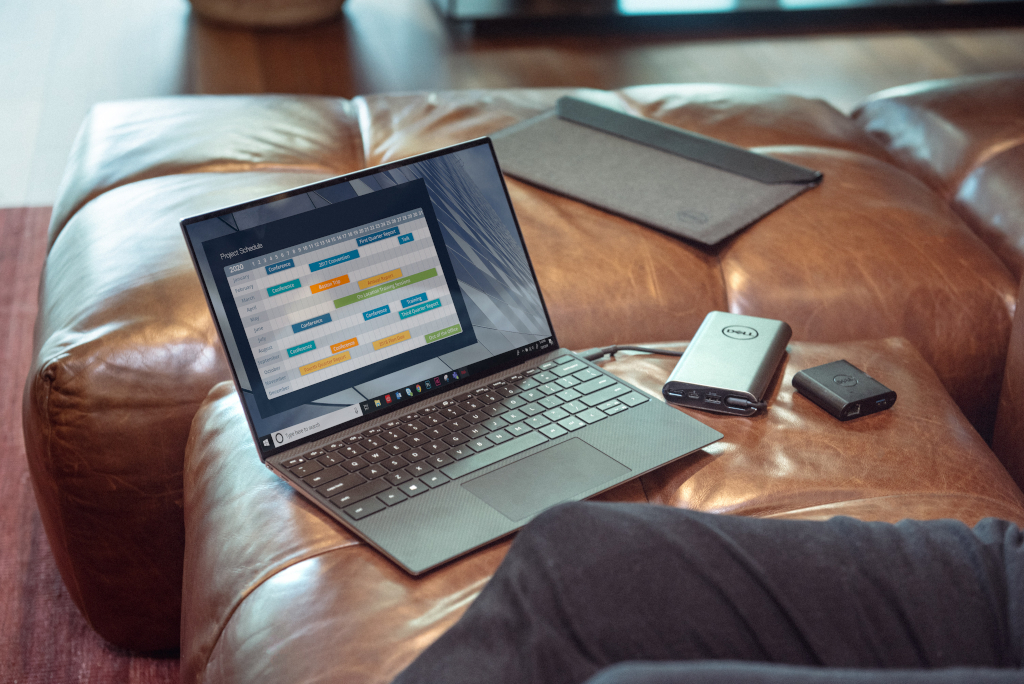
The days when remote working was limited to sales teams and field agents are long gone! The pandemic has ushered in a new era of hybrid work, where almost every company today is offering some form of remote working. Although this new business model has made it possible for organizations across the world to sustain business operations and maintain the status quo amidst nationwide lockdowns, contact restrictions, and snowballing COVID-19 cases, it has also opened up new (vulnerable) avenues for hackers to exploit.
For time immemorial, the enterprise perimeter for organizations was limited to the physical network: employees traveled to office spaces and made use of business tools and applications to carry out their day-to-day jobs. There were a fewer number of employees on the move; those who were on the road only comprised sales and maintenance agents, whereas the workforce, primarily, worked from office premises – be it the engineering team, the accounts department, or HR professionals.
This led to the security perimeter being restricted to the enterprise network or the company intranet, which made it easy for security professionals to implement policies and controls. Since only a limited number of devices and endpoints had to be secured and monitored, it was easier to maintain the required levels of security. But with the hybrid model coming into play, there is a transformative change in the security paradigm.
Almost every app is now moving to the cloud, employees are working from different locations, in different time zones, and are using a combination of personal devices, enterprise tools, and public networks to access corporate information and do their jobs. The concept of a static enterprise perimeter is slowly disappearing, with employees all over the place, using all kinds of devices and broadband networks, with many even unsure of what connectivity they are using or how they are connecting to the enterprise network.
Unlike earlier where security agents could just sit and monitor a handful of machines and networks, today, with all communication happening over the internet or cloud, the realm of responsibility for the security team is suddenly amplified. Because a lot of employees have now also started their personal devices for professional work, security policies and practices have to be relooked at, and even revamped, if necessary, so they can more easily handle newer threats and attack vectors that the business world has come to experience.
The sudden and widespread proliferation of devices, networks, and connections requires organizations to take a new approach to endpoint security that makes sense for this era of remote working.
Here’s what security teams can do to have greater knowledge and control over what devices and applications are being used, over what networks, and for what purposes:
As operating models go hybrid, curating effective security strategies and embracing endpoint security solutions that can respond to security outbreaks with optimum turnaround time has become extremely crucial. Establishing a zero-trust strategy, ensuring strong authentication and authorization, and carrying out continuous security monitoring can enable you to strengthen the security posture of your organization and ensure the highest grade of enterprise security.
At Incrux, we have a team of highly qualified endpoint specialists who understand the security issues plaguing organizations today and can develop solutions focused on Enterprise Security development. Our rich experience in understanding the why, when, what and how behind endpoint security is what makes us contribute meaningfully to security product design and development, so you can establish and maintain the level of security that your industry demands and that your employees and customers have come to expect.